Description
In this volume, for the first time Tibetan Medicine is approached from a combination of anthropology and history. These two disciplines appear to be vital to come to understand Tibetan medical knowledge and practice as being complex, diverse and dynamic phenomena which reflect changing social and historical conditions at the same time while also appealing to or preserving an older canon of traditions. Part One examines the impacts of various modernities in Tibet, the Himalayan borderlands and the Tibetan exile, including standardisation and scientization of Tibetan medicine. Part Two investigates the transmission and professionalisation of medical knowledge and its role in identity construction. Part Three traces connections between various body images, practices, and cosmologies in Tibetan societies and how mental and physical illnesses are understood. Part Four critically presents new or little known histories, commentarial practices, textual narratives and oral sources for investigating the history of Tibetan medicine.

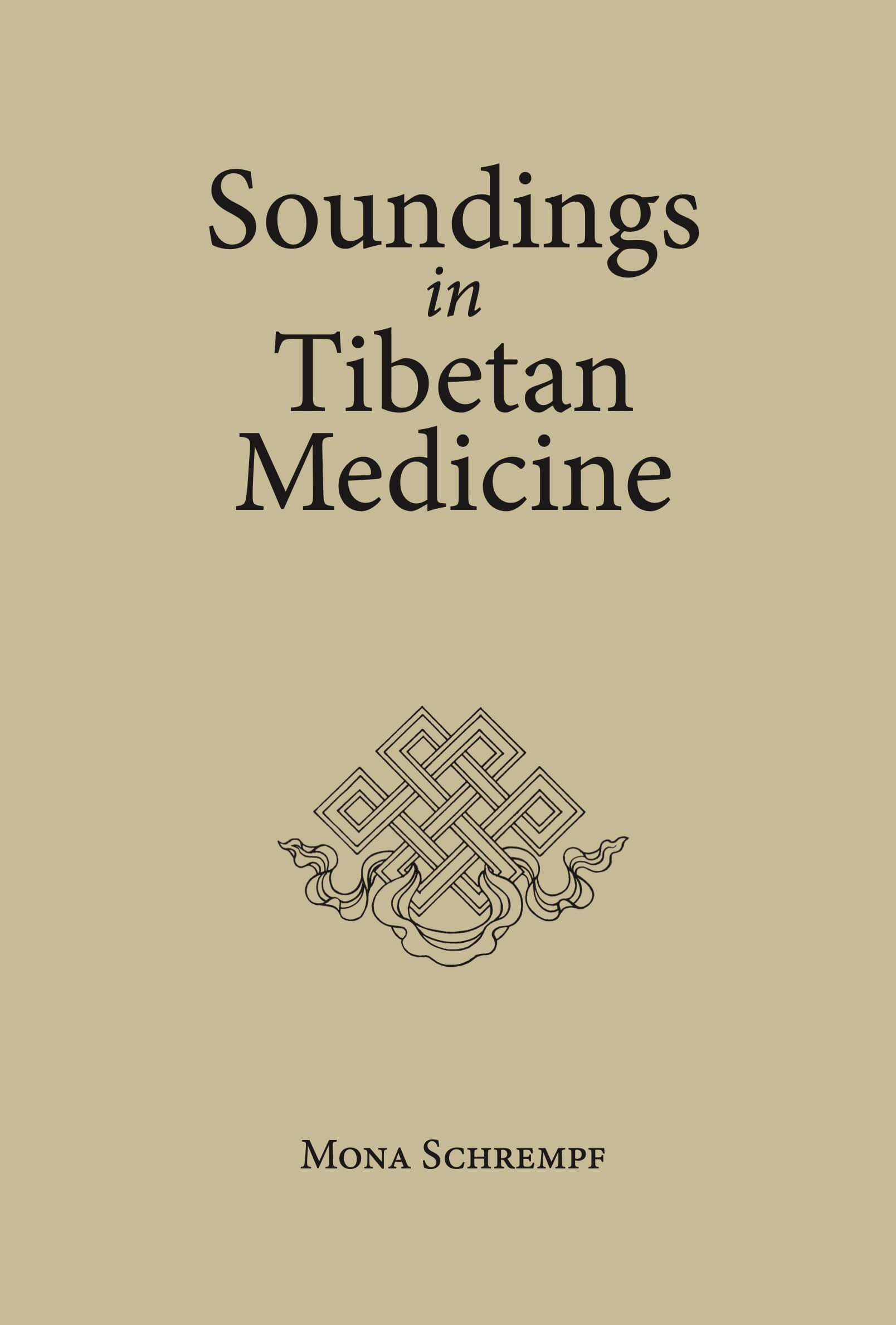
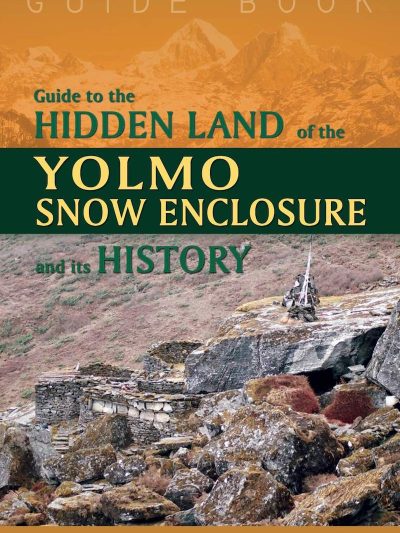
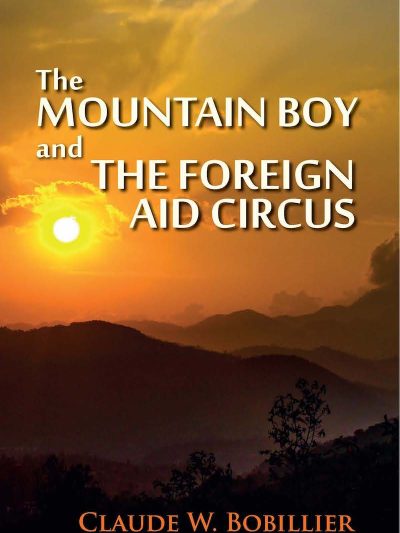
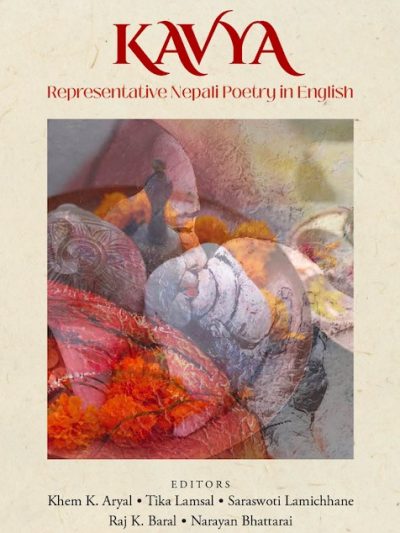

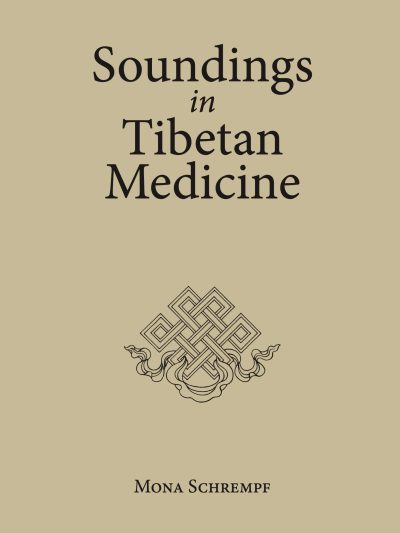
Reviews
There are no reviews yet.